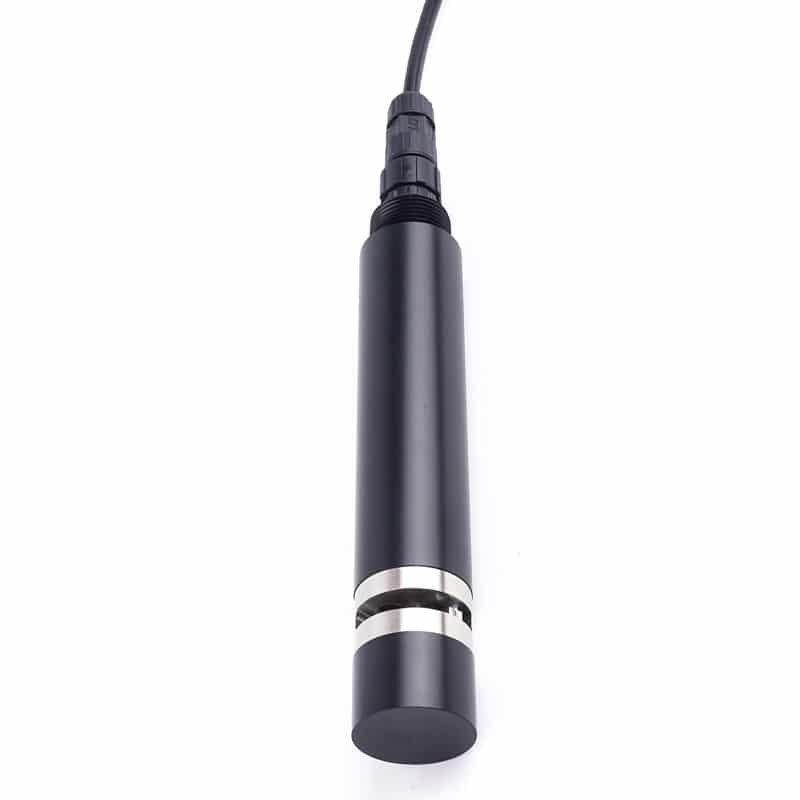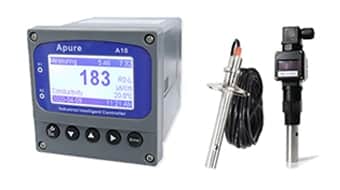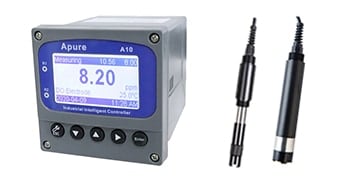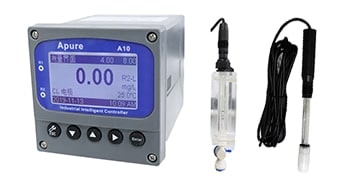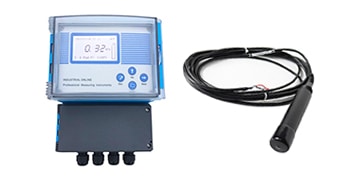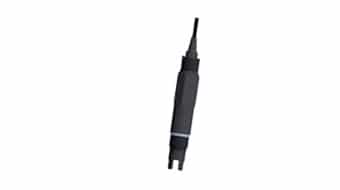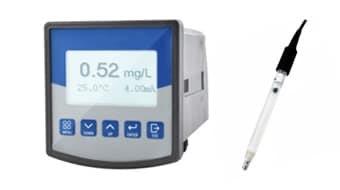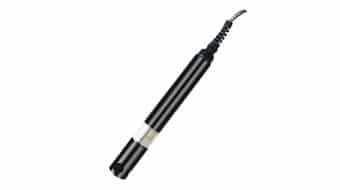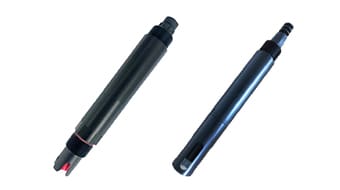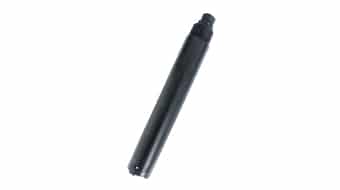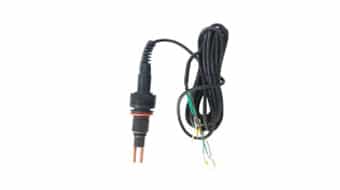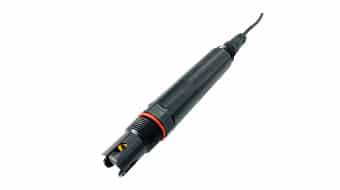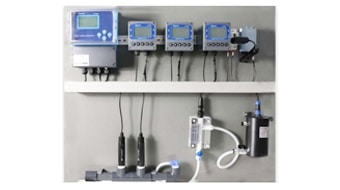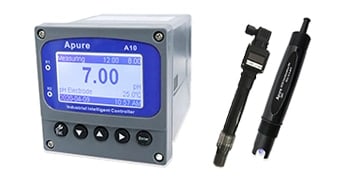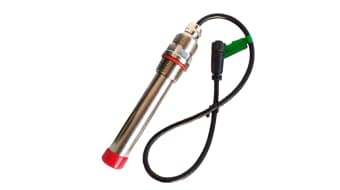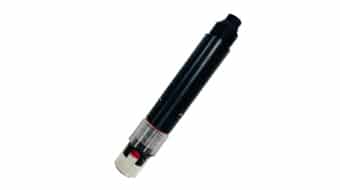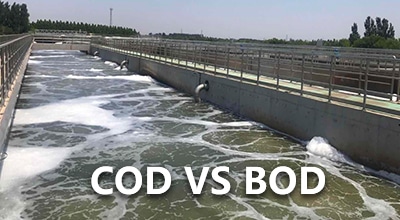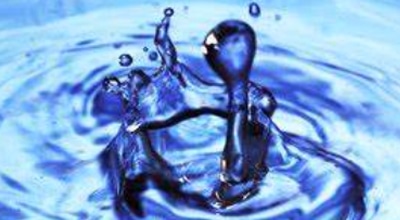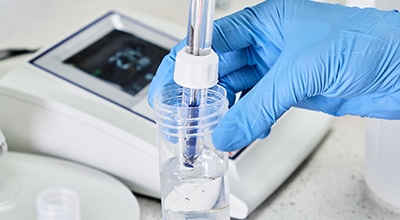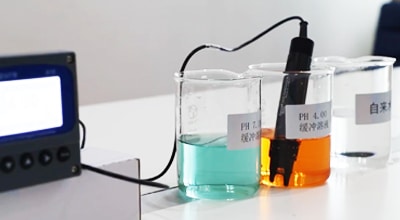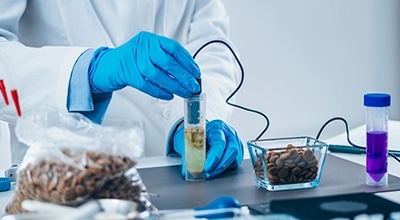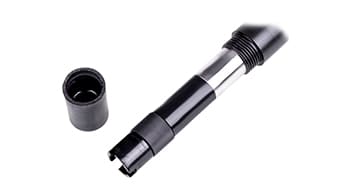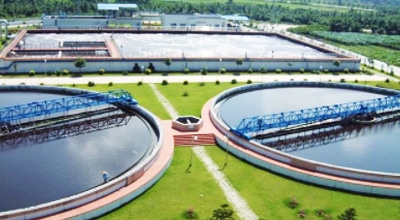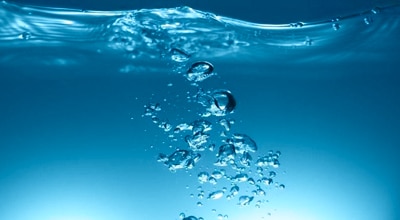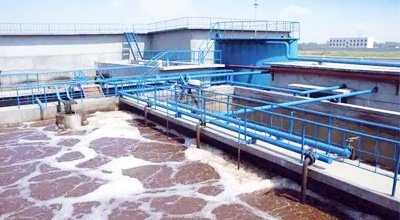Chemical Oxygen Demand (COD) Sensor
To describe the organic load of water, the standard parameters COD (chemical oxygen demand) and DOC (dissolved organic carbon) and TOC (total organic carbon) or BOD (biochemical oxygen demand) are used. The most important standard parameter is the chemical oxygen demand (COD). It contains all substances that can be dissolved by chemical oxidation and is a regular parameter for calculating water and wastewater.
What is Chemical Oxygen Demand (COD)?
Chemical Oxygen Demand (COD) is the amount of dissolved oxygen that must be present in water to oxidize chemical organic materials such as petroleum.COD is used to measure the short-term impact of wastewater discharges on the oxygen content of receiving waters.
COD and BOD
Like COD, biochemical oxygen demand (BOD) measurements can be used to estimate the amount of pollution in a water sample.COD describes the amount of oxygen required to chemically break down pollutants, while BOD indicates the amount of oxygen required to biodegrade organic pollutants with microorganisms.
There is a correlation between COD and BOD, but this must be determined experimentally before one parameter can be used to represent the other. Typically COD analysis (which is a faster and more accurate method) is used to estimate BOD using the established correlation.
Why measure chemical oxygen demand (COD)?
When treated wastewater is discharged into the environment, it introduces pollution into the receiving water body in the form of organic constituents. High levels of wastewater COD indicate that concentrations of organic matter can deplete dissolved oxygen in the water, leading to negative environmental and regulatory consequences. To help determine the impact and ultimately limit the amount of organic pollution in water, oxygen demand is an essential measure.
What processes require chemical oxygen demand (COD) monitoring?
Municipal and industrial wastewater treatment
The influent water entering a wastewater treatment plant is high in organic matter and the plant must reduce the “organic load” before discharging the water to the receiving body.
Oxygen demand can be used to measure waste loads, assess the efficiency of the treatment process, and ensure compliance with effluent oxygen demand regulations.
Primary Treatment.
A clarifier or settling tank slows the flow of wastewater and allows suspended solids to settle out. Surface skimmers collect any floating fats, oils and greases. By using this mechanical and physical means, approximately 30% of the organic matter is removed from the wastewater and conveyed to the solids management area of the plant.
Secondary Treatment.
This process uses living organisms to help reduce organic matter. In an aeration tank, bacteria and microorganisms convert biodegradable organic matter into carbon dioxide and water. Through this conversion, the organic matter is reduced, thereby reducing the oxygen demand.
Discharge limits.
Discharge limits vary from plant to plant and depend on the characteristics of the receiving water, the impact on aquatic life, recreational use, and other factors. Discharge permits may specify specific maximum concentrations or percent removal of BOD or COD. Some plants are required to achieve up to 90% removal of oxygen demand.

For compliance, it is necessary to measure influent BOD or COD at the time the influent enters the plant, prior to the mechanical screening process, and at the end of treatment at the point of discharge.
When selecting a method to analyze oxygen demand, it is important to consider the following.
- Specific test application
- The oxidant to be used
- Time to completion
- Accuracy and precision of the measurement
COD Testing Advantages
- COD is best suited for rapid and frequent monitoring of treatment plant efficiency and water quality.
- The method is more accurate than BOD (relative standard deviation of 5-10%) and provides a relatively short analysis time (2 hour digestion time) compared to a 5-day BOD test.
- The COD oxidizer is unaffected by toxic substances in the sample.
- Changes in influent and effluent COD values may parallel and complement the BOD results.
COD Test Limitations
- Some organic compounds are not fully oxidized in the COD method.
- COD measurements may be interfered with by chloride ions.

